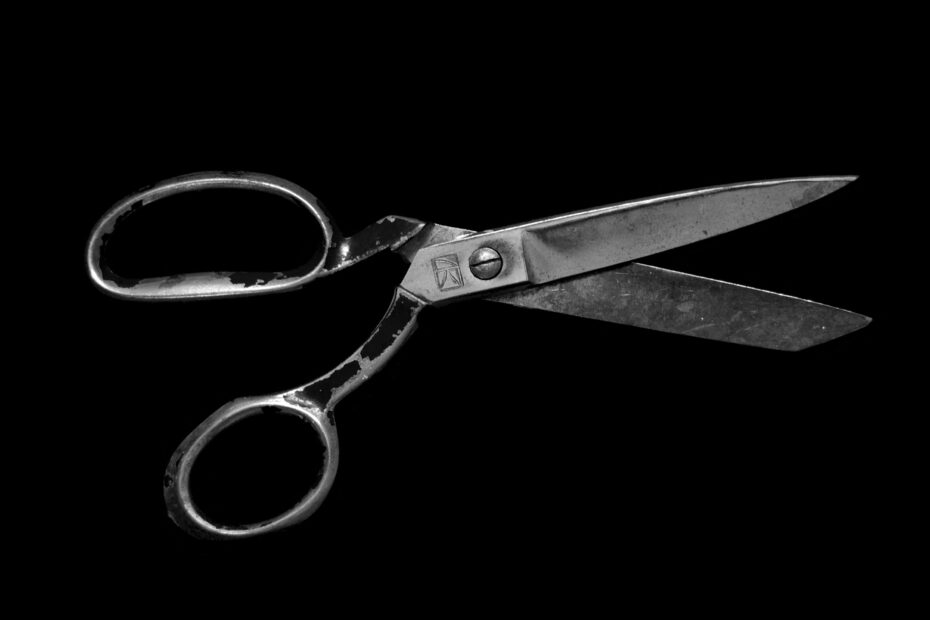Although most investors would prefer to buy or sell stocks to make profits, there are some times when it is best to accept defeat and get rid of a falling security before too much is lost. Stop (also called stop loss) orders are perfect exchanges for traders who find themselves in these situations. Cutting loss by selling stocks with stop orders can be the wisest move when securities do not look like their values are likely to increase.
Stop Loss Exchange Description
The stop order is a type of exchange that is essentially the opposite of a limit exchange (though it uses the same components, and may be paired with the limit type in the stop-limit exchange). Stop orders buy stocks that are rising, so that purchases of stocks are carried out before their values get too high, and they sell when stocks fall, before their values drop too low. Traders set limits to buy at a certain, above market value price, or to sell at a specified, below trading value price. In both buys and sells, these orders are meant to salvage some money when dealing with a stock (that is rising at the time that it is bought, or falling as it is sold).
Cutting Loss by Selling Stocks with Stop Orders
A sale of this type is always meant to help a trader bail before it gets too bad. A plummeting security will sell at the stop price, which is set at a lower value than the market value at the time the order is placed, in anticipation of a security’s decreasing in value. This is also part of a stop-limit sell, which initiates a sale once a stock drops to a certain value (the stop component), or sells once it reaches a specified higher value (the limit component). The stop component is virtually a safeguard which, although hopefully its use will not be necessary, will get some of the money that an investor used to buy shares of a given security back if it should drop after it is bought.
Example of an Exchange to Cut Loss
Although most traders will place a stop sell before the security actually begins decreasing in value, once a certain stock starts to drop, it may be used too, to sell if it gets too low. Suppose that a trader buys many shares of stock X, at $5 per share. The investor could, in case the stock falls significantly, place a sell with a stop price of $3.50 so that if X should drop to that price while the order is live, it will sell to cut loss. Without this order, unless X is constantly monitored, it could drop to much lower than $3.50, and the trader would be forced to sell at a dangerously low price, if X failed to rise again.
In the stop-limit exchange, this sell could be used in conjunction with an upper limit. X, bought at $5 per share could have a stop price set at $3.50, and a limit price set at, say, $6.50. Then, if X should reach the upper (limit) or lower (stop) value while the order is live, a sale will be initiated.
Although it can be very handy in buying or selling stocks to cut loss, the stop order is a type that, for a sell, investors hope that they can avoid using (as it indicates a falling security). However, its use is often much safer than the alternative, which is the failure to protect against losing too much by plummeting securities.
